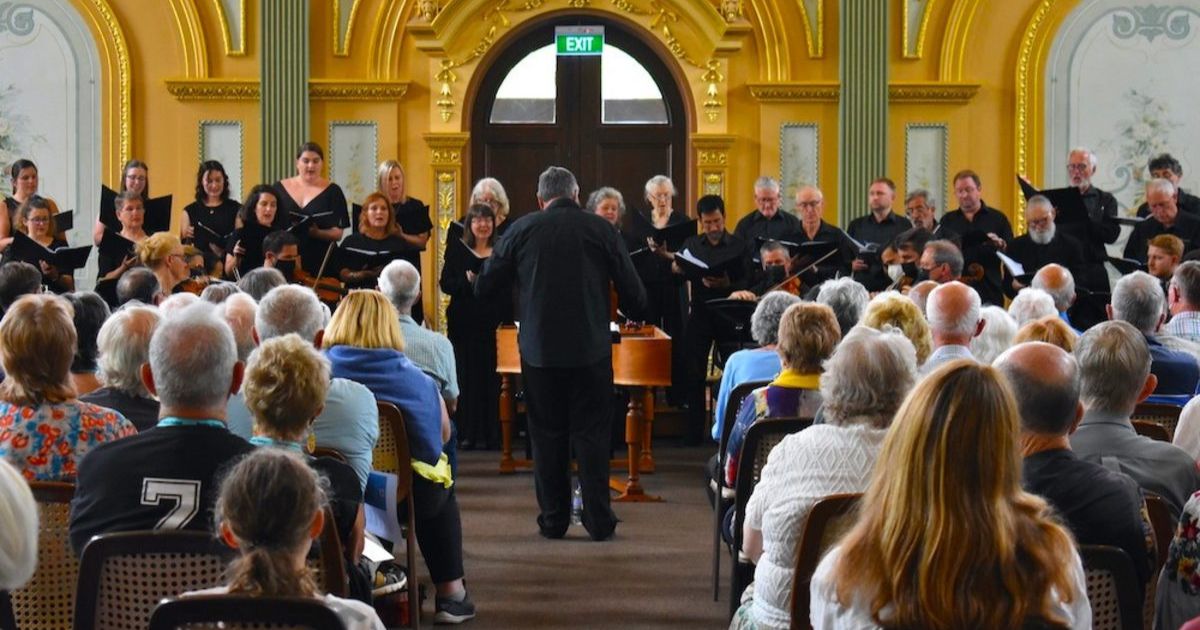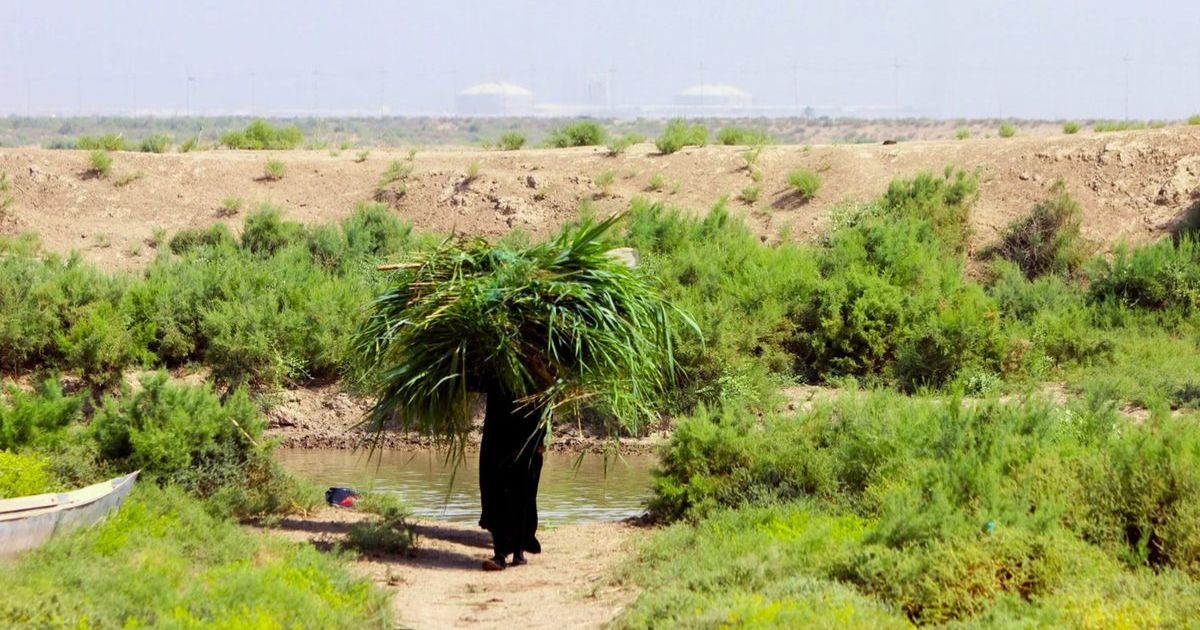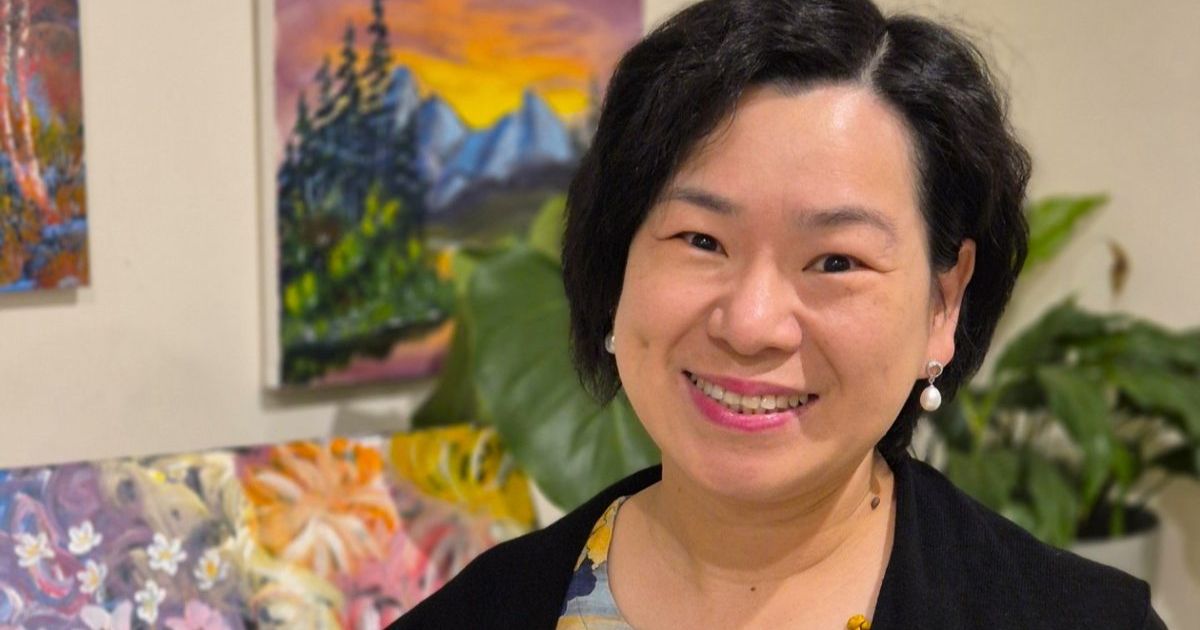From the desk of ROLAND ROCCHICCIOLI

Sunset over Gwalia, WA: “Though Earth holds many splendours/ Wherever I may die/ I know to what brown Country/ My homing thoughts will fly.” — Dorothea Mackellar.
THE notion of First Nations peoples’ “Welcome to Country” has merit in the theory and deserves to be commended and respected; however, the application of the practice has proven more quixotic than previously imagined. The spoken word is powerful — it carries a force to be feared. With the potential for societal division, both the content and intent must be measured and precise to avoid further cultural polarisation.
A recent news.com.au poll with 50,000 responses revealed 65 per cent believed the welcome should stop, immediately and forever. Many are offended, others angered, by the persistent implication the country does not belong to non-Indigenous Australians. Many object to being welcomed to their own country. A majority complained it was used too regularly — wearied of hearing every speaker at the same gathering perfunctorily invoking the welcome.
The recent interruption of “Welcome to Country” at the Anzac Day Shrine of Remembrance service is a glaring manifestation of the swirling dissension and mounting anger generated as a consequence. The concept is fraught with challenges and demands the most diplomatic conversation if we are to find lasting consensus supporting its long-term survival.
The text of “Welcome to Country” requires a strict formalisation — a tempered, inviolable script which references the First Nations peoples’ original occupation and guardianship of the land, and its now shared occupation. It creates an opportunity for them to remind us of their link to our now-mutual land and waterways, and for their fellow Australians to show an acceptance of the rich Indigenous history; however, it should not be inflammatory; nor shanghaied to berate for the lamentable tragedies of the past which viewed through the prism of 2025 are profoundly regrettable. It should be an agreed acknowledgement. Frequently, the greeting is a rambling, inapt stream of consciousness alienating even the most ardent supporters. Inappropriate language, however unintentional, will garner an equal and opposite reaction. The cardinal sin of any performance is to bore the audience.
If we are to embrace “Welcome to Country” it must represent a united aspiration. While the land was never ceded, those of us born here are not strangers wandering in a foreign land. We are indigenous. We have as greater love as any for her beauty and her terror; for the far horizons and the jewelled seas.
There is a proud, shared ANZAC history. We are, all of us down through the generations since the 1788 invasion, immigrants whose ancestors came here seeking a better life. In the historical context of discovery-and-conquest across the New World lamentable human atrocities occurred. Axiomatically, the historicity of Australia’s First Nations peoples is undeniable. By definition, reconciliation is problematic. To advance the narrative and achieve lasting accord requires a bipartisan willing to let bygones-be-bygones, coupled with an unexpurgated acceptance of a shared history, however unpalatable.
The sometimes-harsh language and accusative tone in the delivery serves only to exacerbate the prevailing and multifarious challenges. An agreed, conciliatory version of “Welcome to Country” could be a powerful tool in the process of resolution. Let it be a means of bringing us together — a torch of hope, and not an ominous, discordant device serving only to insult, raise hackles, and widen the troubling gap. The anthem says it clearly: “…for we are one, and free”. The welcome is not a verbal weapon!
Contact: [email protected]


















